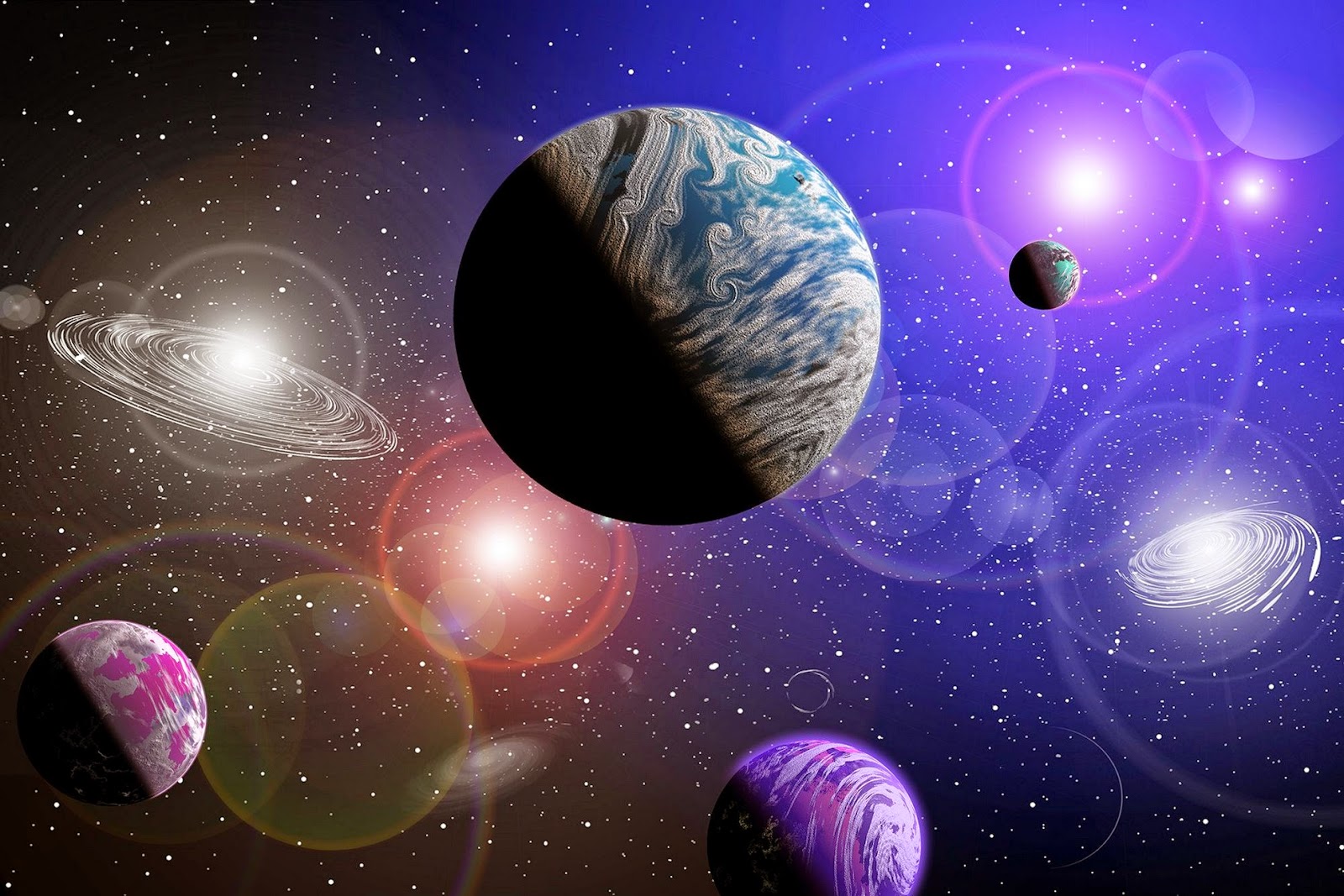Since 1961, scientists have used the Drake equation to estimate the number of advanced alien civilizations in the Milky Way. However, a recent study in the Monthly Notices of the Royal Astronomical Society provides less optimistic findings, focusing on the conditions necessary for photosynthesis.

The study explores the requirements for oxygenic photosynthesis, a process vital for life on Earth. Oxygenic photosynthesis occurs when species combine carbon dioxide, water, and light to produce sugar and release oxygen. The authors investigate if known exoplanets in habitable zones receive enough photosynthetically active radiation (PAR) to support life.
The results reveal challenges in finding suitable real estate in the Milky Way. Stars burning at half the sun’s heat lack the energy necessary for a thriving biosphere. Red dwarf stars, common in the galaxy, provide even less energy for photosynthesis. This poses a challenge in the search for alien life, indicating that Earth-like conditions on other planets might be less common than hoped.
While very large and bright stars can support photosynthesis, they burn out or explode before advanced life evolves. The study supports the “Rare Earth hypothesis,” suggesting that planets with the right conditions for complex life are relatively scarce in the universe.
Although the study implies a lower number of planets suitable for life, it doesn’t make the possibility impossibly small. Planets like Kepler-442b, receiving enough solar radiation, offer hope. The search for alien life will continue, but expectations should be tempered.
Leave a Reply